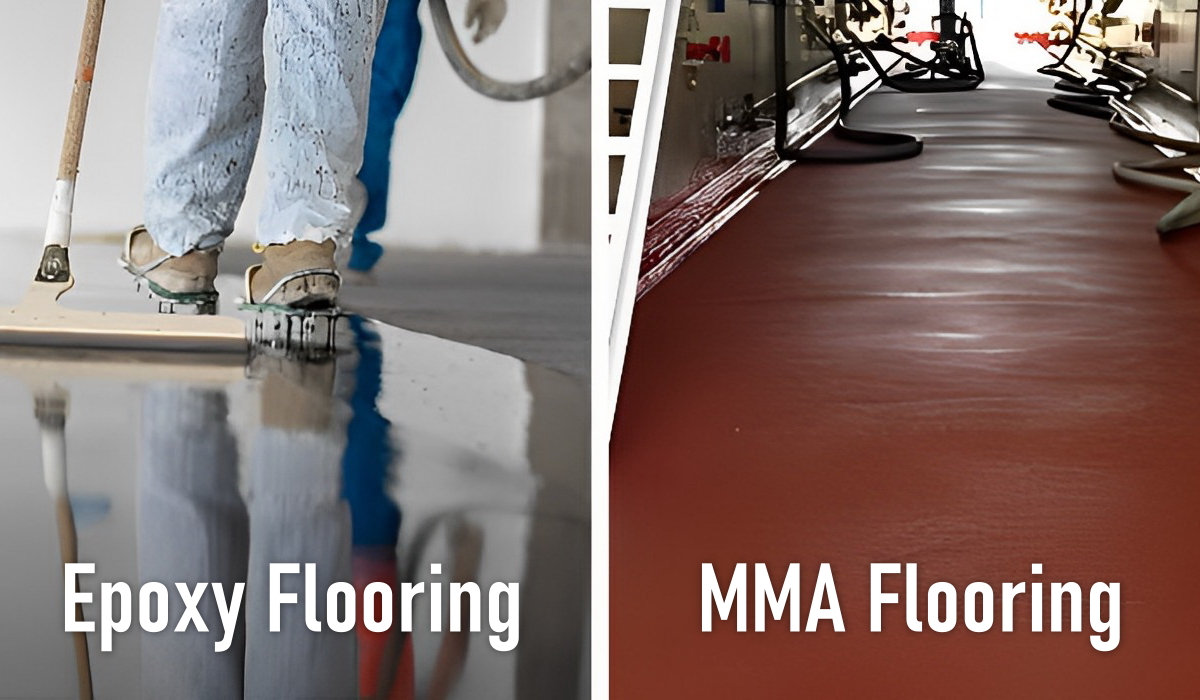
In any setting, choosing a type of floor is something that must be considered very carefully. There are many factors that go into making this decision, including cost and function. Among the most popular types of flooring options, today are epoxy flooring and MMA flooring.
They’re great alternatives to concrete flooring since they are much easier to install and maintain.
However, each type has its own unique set of attributes that make it best suited for particular settings.
So which one should you choose? Let’s take a closer look at what these two types of flooring have to offer.
MMA Flooring System
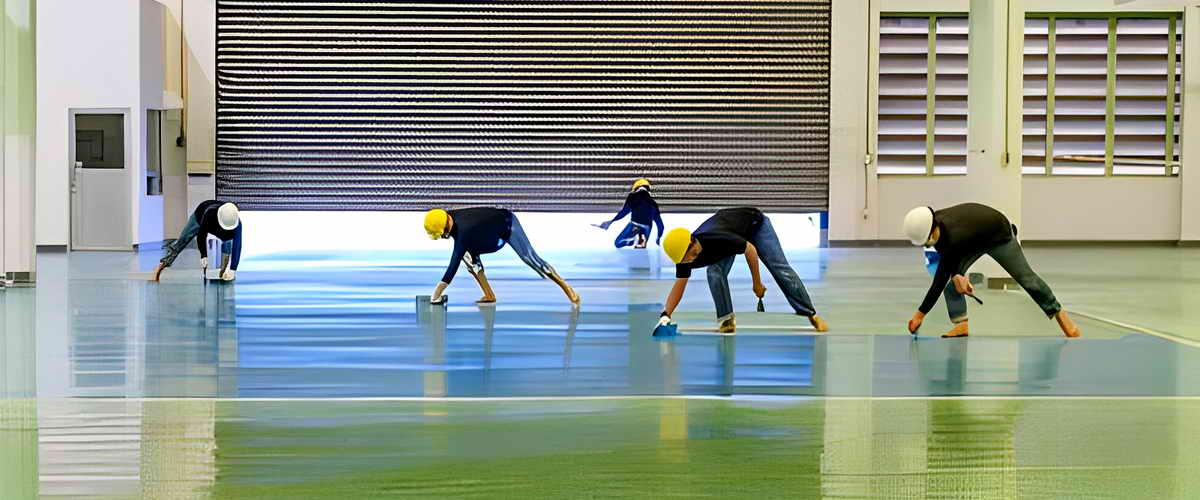
MMA resin flooring system is a flexible and durable flooring that can be installed in any kind of industrial or non-industrial setting.
It has been used for decades now by both residential homeowners and commercial entities worldwide.
The MMA (or modified methyl methacrylate) flooring system uses a two-part epoxy compound that is mixed with a hardener to create a durable surface that can withstand chemicals and the demands of high-traffic areas.
This flooring is extremely versatile, and it is available in both smooth and nonslip textures to meet varying slip resistance requirements.
Pros
There are certain pros and cons to owning an MMA floor.
Here are the main benefits and drawbacks that you should consider when deciding whether or not to use this on your property:
- MMA Resin Floor Allows Rapid Installation – If you want a finished floor resin system that makes minimal disruption, Methyl methacrylate flooring is a good option. This type of flooring’s curing process is quick (cure time is around 2-3 hours) and can be installed even at temperatures as low as 20 degrees Fahrenheit.
- MMA Floors Can Withstand Extreme Temperatures – Methyl methacrylate MMA can withstand temperatures up to 140 degrees Fahrenheit. Even areas with low temperatures that reach sub-zero degrees don’t pose a threat to this type of option. It’s a great choice for settings that experience extreme temperature fluctuations, such as mechanical rooms, food processing areas, and loading docks.
- Bonding With MMA Resin Is Strong and Durable – Thermoplastics such as MMA resins form a chemical bond between every installation layer. This results in a smooth, monolithic finish. In fact, each new layer molecularly fuses to the preceding layer (or current subfloor), forming an almost impenetrable bond. A durable, high-quality MMA floor will last for years to come and stand up to heavy foot traffic, extreme temperatures, and chemical spills.
Cons
- Colors are Limited With MMA – In terms of aesthetics, MMA only comes in a few standard colors. While the installation process is fast and the surface is durable, it does not offer as many color options as compared to other types of floor coverings. If you are looking for a floor with vibrant colors and patterns, MMA may not be the best choice for your property.
- MMA Flooring Systems are Prone to Peeling – Since MMA flooring is thermoplastic, it can shrink and expand slightly over time. This can lead to peeling and lifting issues for certain areas of the floor, especially if there are gaps between the tiles or panels. If you want a more stable finish that will not peel or fade over time, another choice may be a better option for you.
- MMA Can Be Difficult to Maintain – MMA is relatively easy to place, but it can be difficult to maintain. In order for this type to retain its shine and durability over time, it requires regular cleaning and periodic sealing. If your budget or schedule does not allow for frequent maintenance, this might not be the best choice.
Epoxy Flooring System
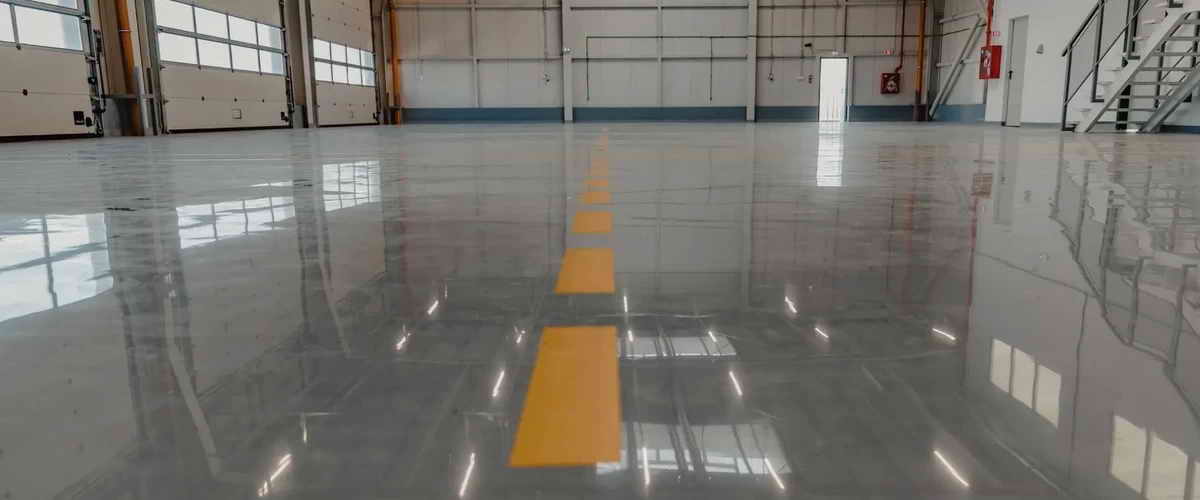
If you are looking for a durable, versatile flooring option that offers a wide range of colors and patterns, consider an epoxy floor as an alternative to polyurethane flooring systems.
Epoxies are high-performance floor materials that are resistant to chemicals, temperature fluctuations, and moisture.
They come in a variety of colors and textures to suit any aesthetic, and they are especially well-suited for high-traffic areas.
Epoxy is made up of a mixture of two chemicals, epoxy, and a hardener. The type of flooring is most commonly used in car parks, but it can also be found in bathrooms, kitchens, and other areas within the home that require a durable finish.
Epoxy floors come in three forms:
- Seamless coatings that are typically used in garage flooring applications
- Colored chips that have tiny chips of color embedded into the coating create a more decorative look
- Industrial coatings.
Pros
As with any material, epoxy floors do have some advantages and disadvantages.
Here are a few key pros and cons to consider:
- Affordable – Compared to other flooring materials such as MMA, polyurethane systems, tile, and wood, epoxy floors are relatively affordable. They are also easy to install. This makes them a budget-friendly option for homeowners or businesses looking to save on project and labor costs. You can also add it over an existing concrete floor, further reducing costs.
- Compressive Strength – Considering the price it offers, epoxy floors are extremely durable and resistant to wear and tear. They are also impermeable to moisture, making them an ideal choice for areas that may have water or chemical spills on a regular basis. This is especially true if you go for water-based epoxies.
- Customizable – Other than being able to withstand vehicular traffic and heavy foot traffic, epoxy floors can also be customized to suit any aesthetic. Whether you are looking for a traditional look or a more modern design, epoxy is versatile enough to work with virtually any color scheme and pattern.
Cons
- Demanding Installation Process- The epoxy installation process is very demanding and must strictly adhere to strict rules. For example, prior to installation, you should check humidity levels. If there’s too much moisture in the air, it can prevent the epoxy from properly curing. You must also mix and apply the epoxy in specific sequences and adhere to strict drying times.
- Takes Longer to Cure – Curing for this takes longer (around 12-18 hours) than MMA or polyurethane. If you need something that will be ready to use right away, epoxy may not be the best option for you. Fumes from the curing process may also be an issue since you will need to keep the room well-ventilated. The strong odor for the first 24 hours is another disadvantage.
- Slippery Material- While an epoxy floor is durable and versatile, it can also be quite slippery when wet. If you have young children or pets that play on the floor, this may not be the best material choice for you. However, some epoxies offer slip-resistant coatings to help minimize the risk of falls in these areas.
Which One to Go For?
Now that you’re aware of the pros and cons of MMA and epoxy floors, which type of flooring material should you choose for your project?
Ultimately, the choice will depend on your budget and needs.
Epoxy is a good choice if you’re looking for a durable, cost-effective flooring option for your home or business.
However, if you need flooring that is ready to use as soon as possible and is not concerned about spending a bit more money, MMA may be the better choice for you.

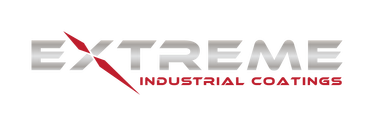
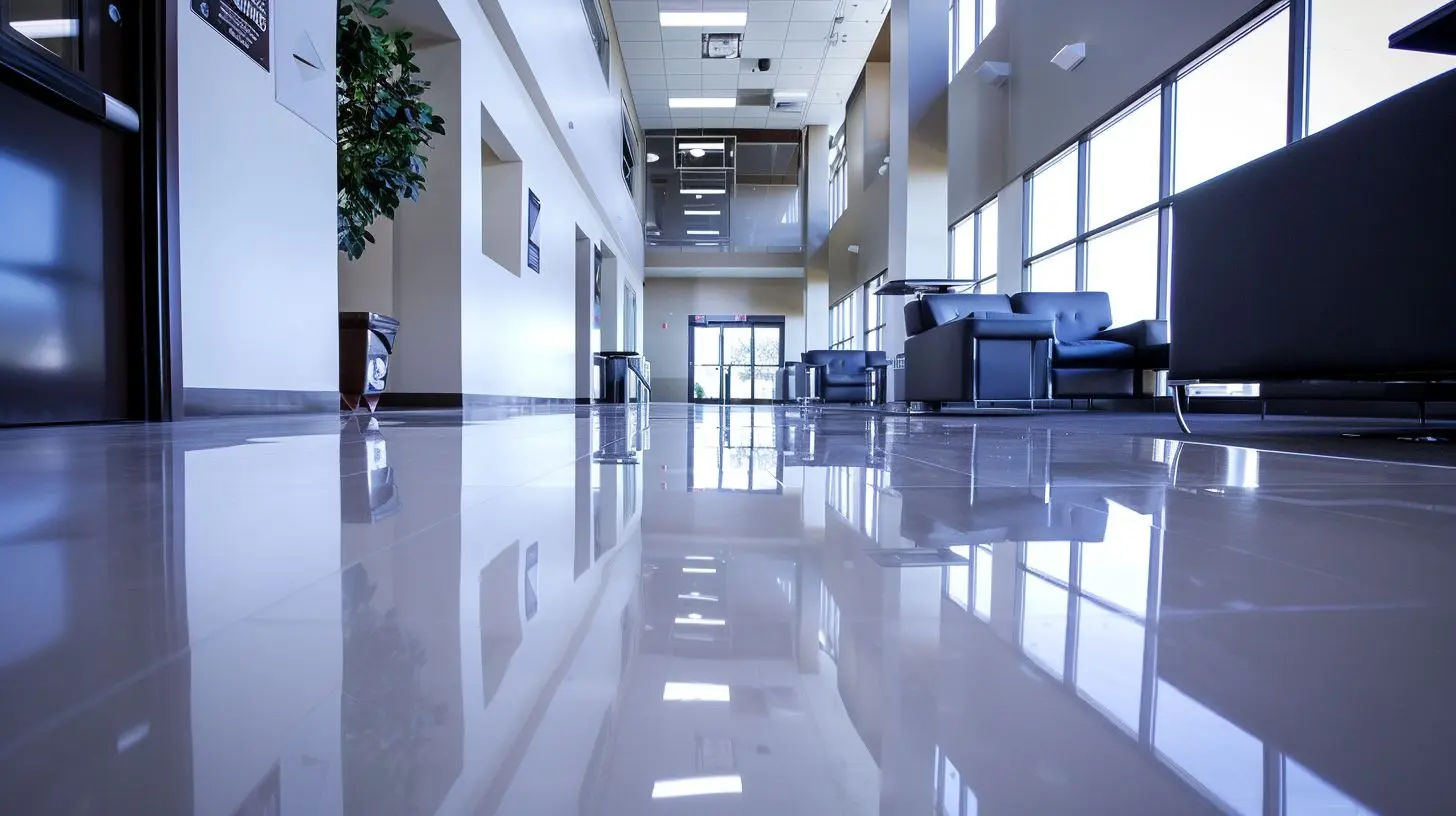
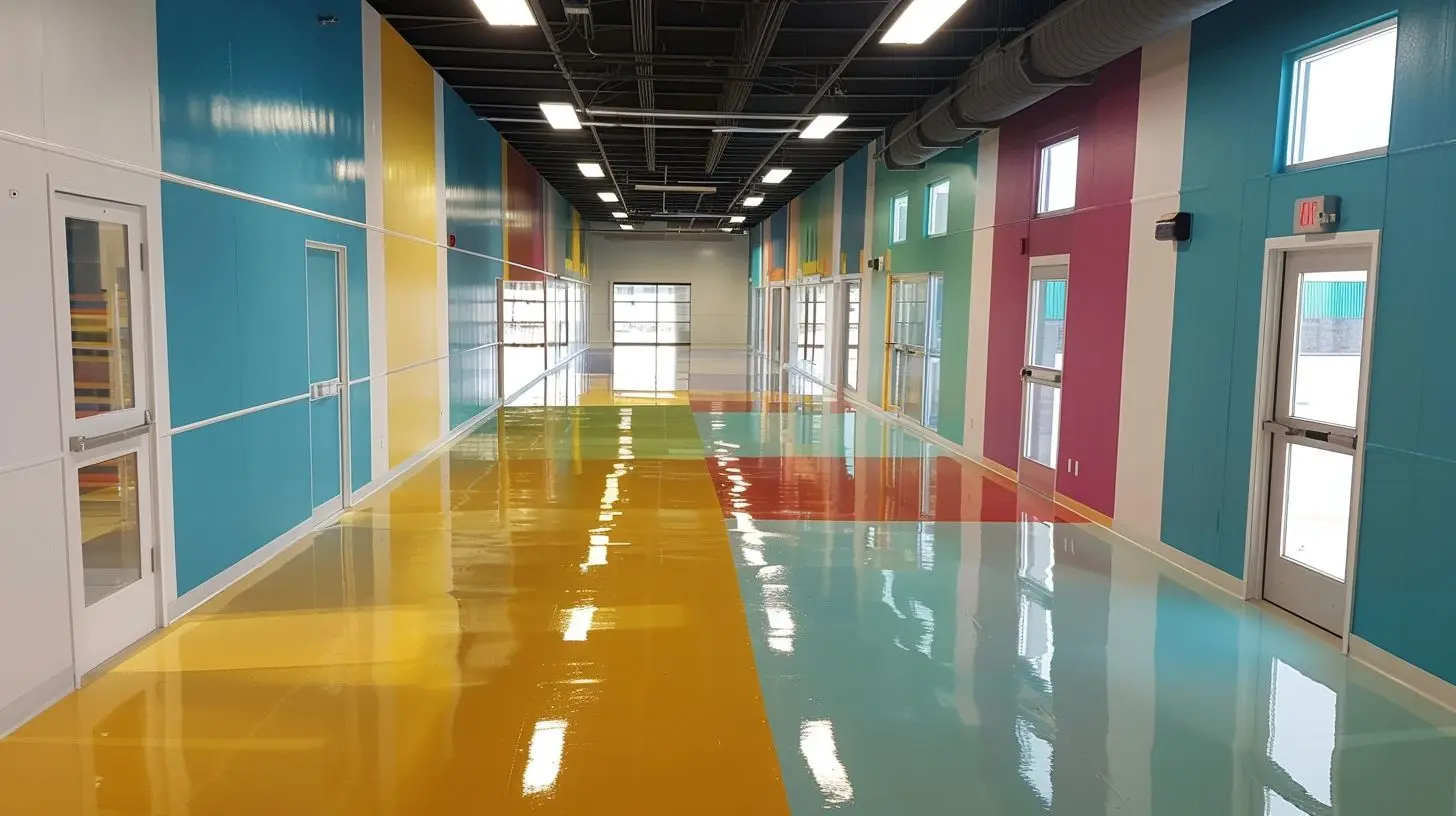
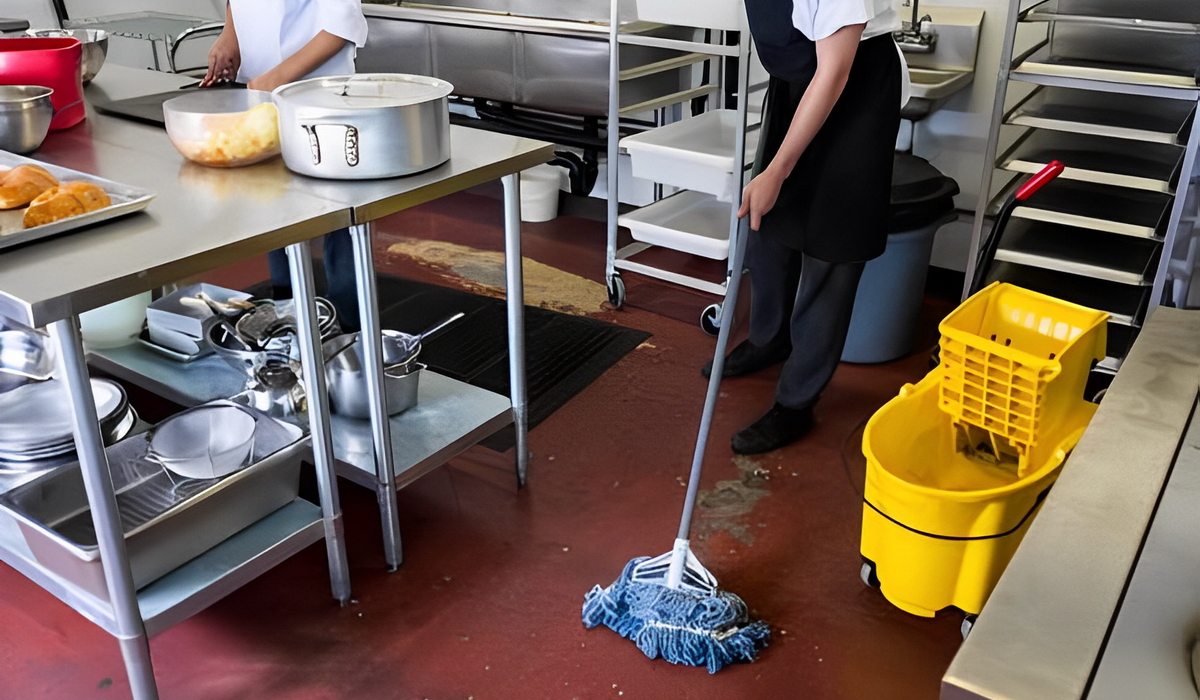
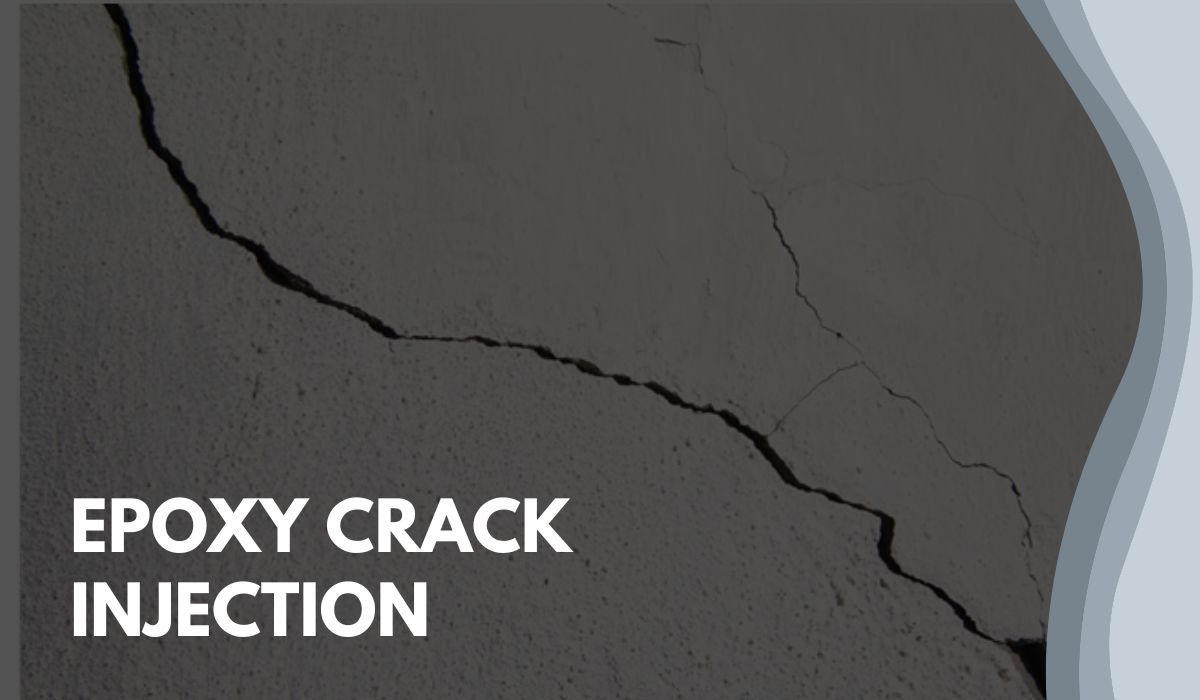
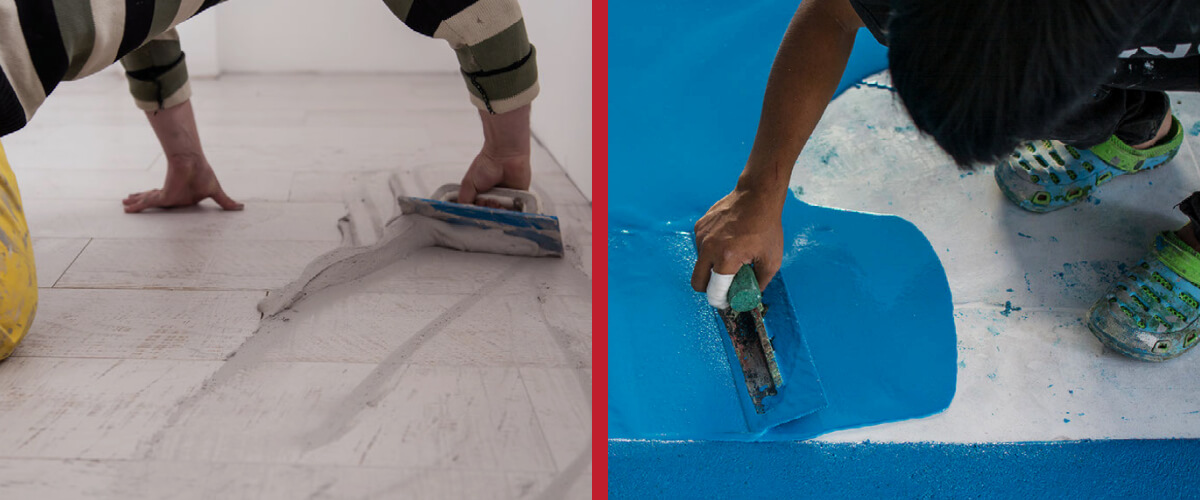
Leave A Comment